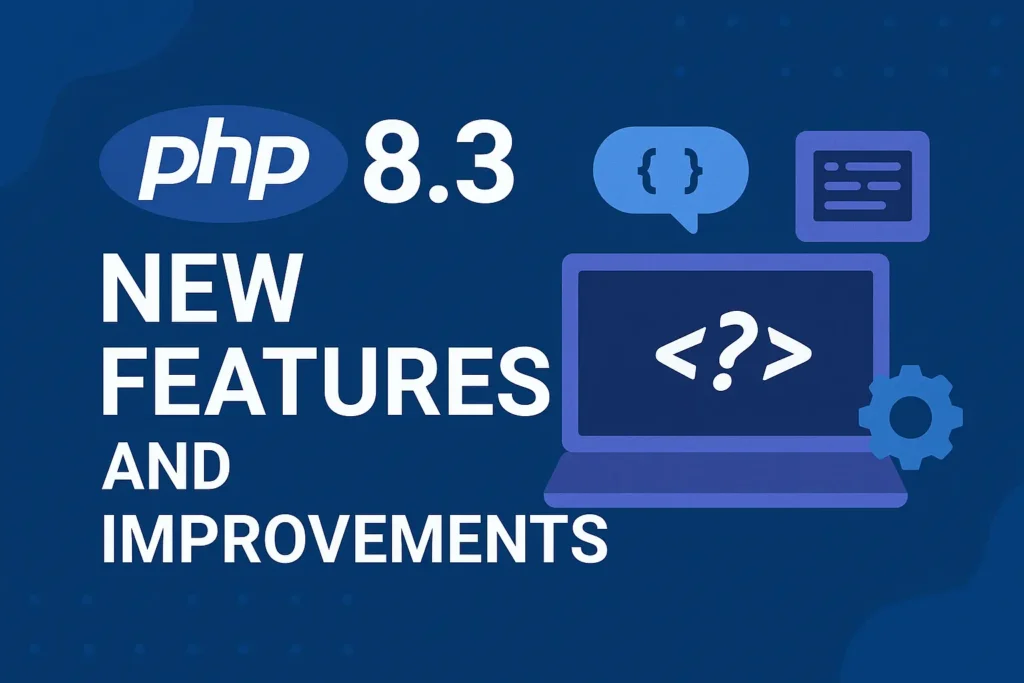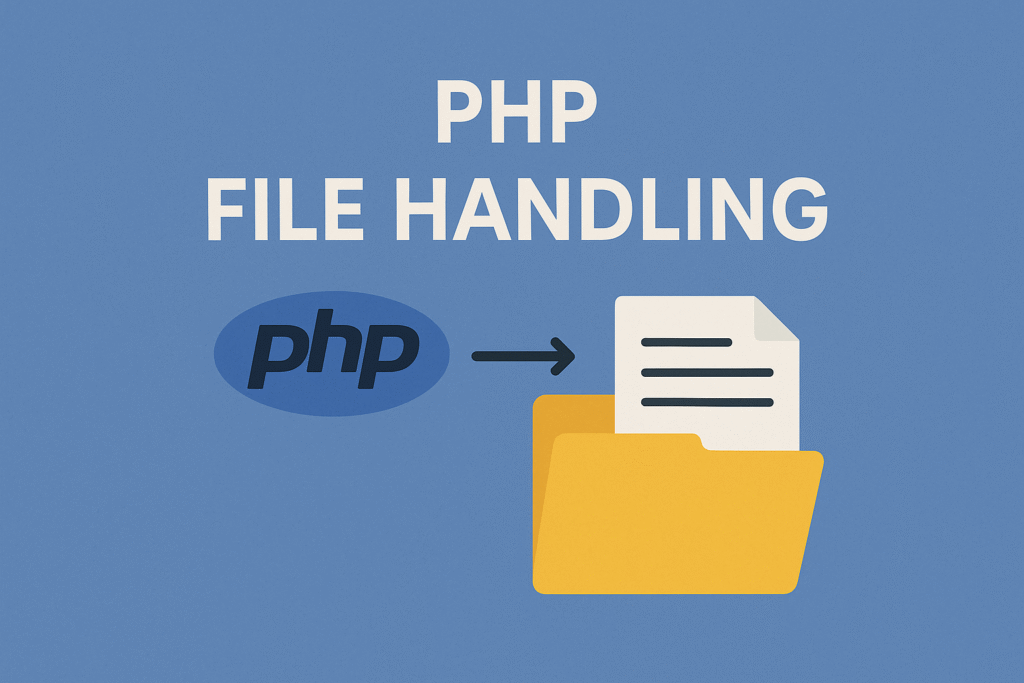
In this article, we’ll learn about PHP Mail
Email communication plays a crucial role in today’s digital landscape, allowing businesses and individuals to connect, share information, and collaborate seamlessly. When it comes to integrating email functionality into web applications, PHP Mail emerges as a powerful tool.
With its simplicity and flexibility, PHP Mail empowers developers to send emails programmatically, opening up a world of possibilities. In this blog post, we’ll delve into the unique features of PHP Mail and discover how it can streamline your email communication processes.
Email is an integral part of any project or business. Nowadays, being quick and responsive is a huge value, especially when it comes to answering your customers. In a lot of cases, responsiveness and well-planned communication are the deciding factors that users take into consideration when making purchases.
PHP Mail
PHP Mail is a built-in PHP function that enables the sending of emails directly from your web application. With just a few lines of code, you can utilize the power of PHP Mail to send personalized emails, notifications, newsletters, and more. The simplicity of its syntax makes it easy to grasp and integrate into your existing PHP projects.
Its a function that allows you to send emails form your PHP application to an email address “xyz@gmail.com” for example when you signup on a website you get a welcome email automatically, right ? What happened is that the PHP web application used the mail() function in PHP programming language to send you that hard-coded welcome email.
The PHP mail() function is used to send emails from inside a script.
To send email using PHP, you use the mail() function. This accepts 5 parameters as follows (the last 2 are optional).
mail(to,subject,message,headers,parameters)
Below is an explanation of the parameters.
| Parameter | Description |
|---|---|
| to | Required. The recipient’s email address. |
| subject | Required. The email’s subject line. |
| message | Required. The actual email body. |
| headers | Optional. Additional header fields such as “From”, “Cc”, “Bcc” etc. |
| parameters | Optional. Any additional parameters. |
In the example below we first declare the variables ($to, $subject, $message, $from, $headers), then we use the variables in the mail() function to send an e-mail:
<?php
$to = "someone@example.com";
$subject = "Test mail";
$message = "Hello! This is a simple email message.";
$from = "someonelse@example.com";
$headers = "From: $from";
mail($to,$subject,$message,$headers);
echo "Mail Sent.";
?>Configuring SMTP and Mail Servers:
PHP Mail allows you to configure and connect to SMTP (Simple Mail Transfer Protocol) servers, which handle the actual sending of emails. You can specify the SMTP server’s address, port, authentication credentials, and encryption settings to ensure secure and reliable email delivery. Customizing these settings gives you full control over the email sending process.
Sending HTML and Text Emails:
PHP Mail supports the sending of both HTML and plain text emails. This flexibility enables you to craft visually appealing HTML emails with rich formatting, embedded images, and clickable links. Alternatively, you can send simple text-based emails, which are ideal for transactional emails or when HTML formatting is not necessary.
Handling Attachments and Inline Images:
PHP Mail empowers you to attach files, such as documents or images, to your emails. You can easily include attachments by specifying the file path, MIME type, and file name. Additionally, PHP Mail allows for the embedding of inline images within HTML emails, providing a seamless and interactive user experience.
Email Templating and Personalization:
With PHP Mail, you can leverage the power of email templating to create reusable email layouts and structures. By separating the email content from the code, you can easily maintain and update your email templates. Furthermore, PHP Mail enables you to personalize emails by dynamically populating variables, such as recipient names or order details, to create tailored messages.
Handling Email Delivery Errors:
PHP Mail provides error handling capabilities, allowing you to handle scenarios where an email fails to be delivered. You can check for potential errors during the email sending process, such as invalid recipient addresses or network connectivity issues. By handling these errors gracefully, you can ensure effective email communication and provide appropriate feedback to users.
Spam Prevention and Email Authentication:
To improve deliverability and prevent your emails from being marked as spam, PHP Mail supports various techniques such as SPF (Sender Policy Framework), DKIM (DomainKeys Identified Mail), and DMARC (Domain-based Message Authentication, Reporting, and Conformance). Implementing these authentication mechanisms enhances the reputation of your emails and increases their chances of reaching the recipients’ inboxes.
PHP Mail is a powerful tool for integrating email functionality into your PHP applications. With its straightforward syntax, configuration options, and support for various email features, PHP Mail allows you to streamline your email communication processes and enhance user engagement.
By harnessing the power of PHP Mail, you can send personalized, visually appealing emails, handle attachments, and ensure secure and reliable delivery. So, dive into the world of PHP Mail, explore its extensive documentation, and unlock the potential to revolutionize your email communication.
I hope it helps.


